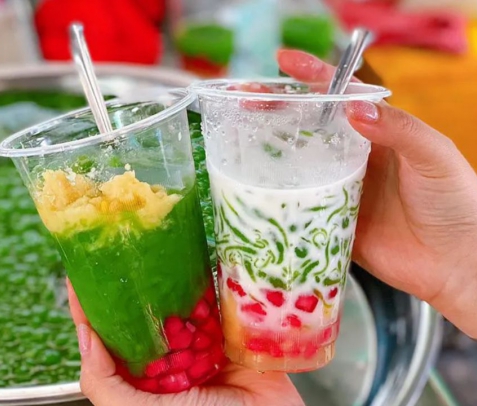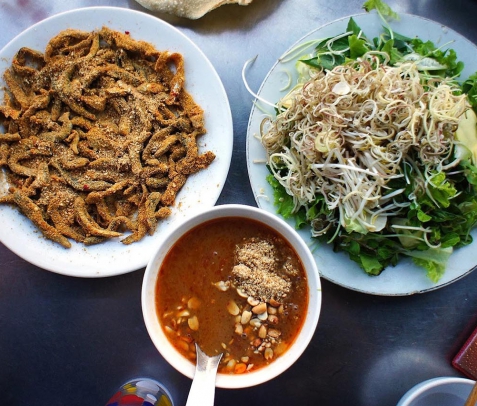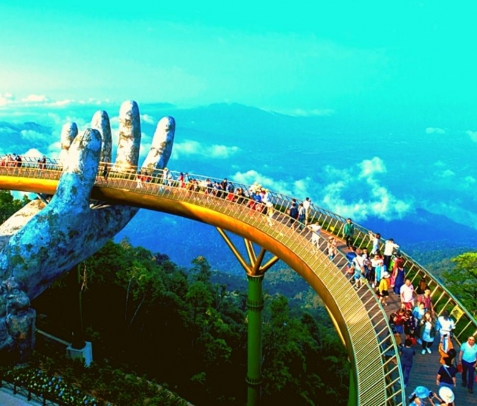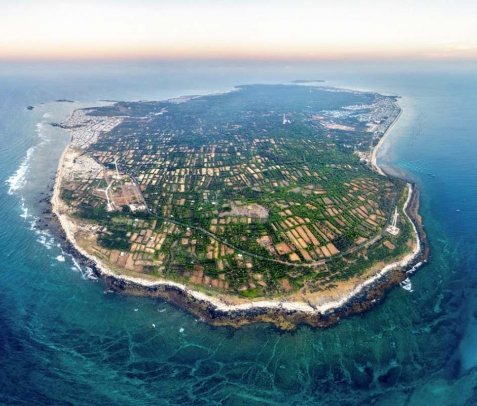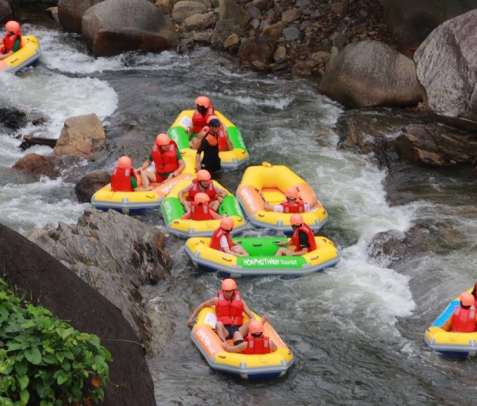Unique features in Ha Long culture
|
Ha Long Bay is not only blessed with majestic natural beauty, but it is also a land that marks cultural values from prehistoric times. Today, Ha Long's cultural features are still preserved and maintained, becoming one of the distinctive beauties that many tourists explore and learn about when visiting Ha Long.
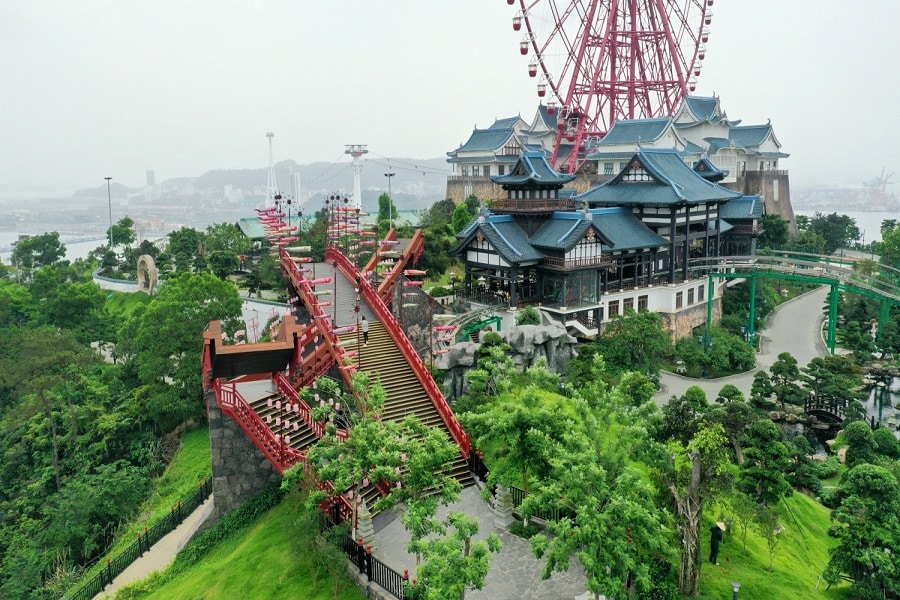
From 18,000 to 7,000 years ago, the Soi Nhu culture was an ancient culture concentrated on the limestone islands of Ha Long Bay, Bai Tu Long, and in caves, with notable cultural relics such as Me Cung Cave, Thien Long Cave, and Tien Ong Cave.
The daily life of the inhabitants at that time mainly involved gathering fruits, clams, and snails. The culture of the Soi Nhu people was a diverse cultural model, with new elements in their way of living, as the sea provided better living conditions for the inhabitants.
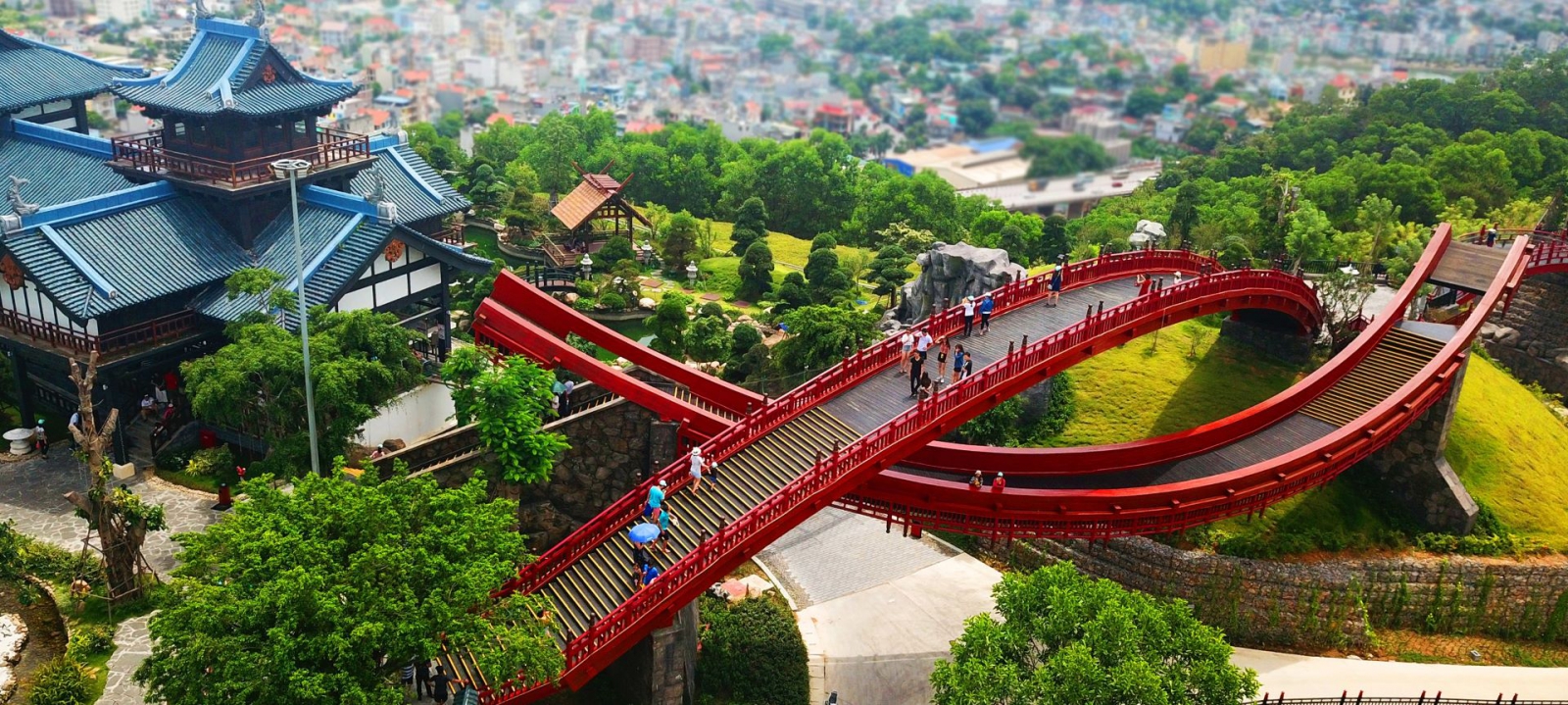
Connecting Soi Nhu Culture and Ha Long Culture
The Cai Beo culture, dating from 7,000 to 5,000 years ago, represents a diverse culture with notable relics such as Cai Beo fishing village, Giap Khau, and Ha Giat. These sites are distributed across bays and limestone mountains. The livelihood of the inhabitants included harvesting aquatic animals like crabs, fish, and mollusks, along with hunting, gathering fruits, and vegetables. Cai Beo has become a popular tourist destination for many visitors exploring Ha Long on budget day trips.
Ha Long Culture (4,500 - 3,500 years ago)
This period is divided into two phases:
-
Early Phase:
This phase was influenced by the Holocene transgression, which caused the loss of living environments for the Cai Beo people. Many inhabitants moved to the northeast and higher lands, adopting a lifestyle of gathering, hunting, planting, farming, sea exploitation, and developing handicrafts and stone tool making.
-
Late Phase:
This phase was influenced by the maximum sea level rise. After the sea gradually receded, the early Ha Long culture inhabitants moved back and spread out to various places such as Ha Long caves, sand dunes, ancient plains, coastal areas, and foothills. Notable relics include Soi Nhu Cave, Ngoc Vung Island, and Bai Tu Long Cave. The lifestyle of the Ha Long culture inhabitants was closely linked to the marine environment and tool-making.
Today, the Ha Long Bay area has many important and ancient historical and cultural relics that visitors can explore and learn about in the old fishing villages on the bay. These villages feature unique, traditional cultural characteristics such as love songs, chants, and traditional rituals.

 EN
EN VN
VN FR
FR